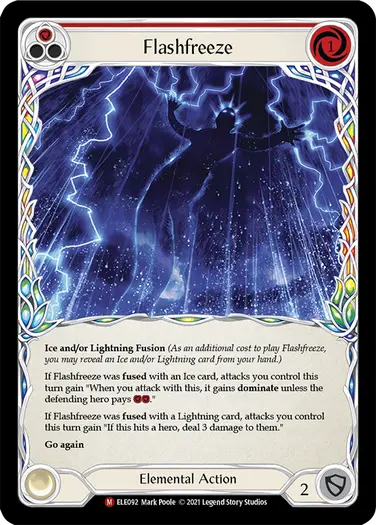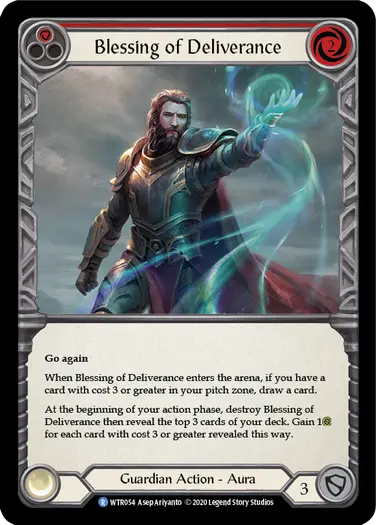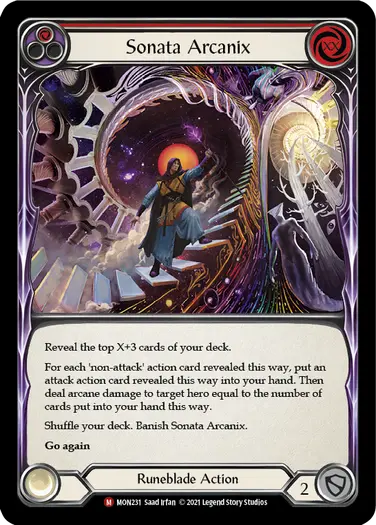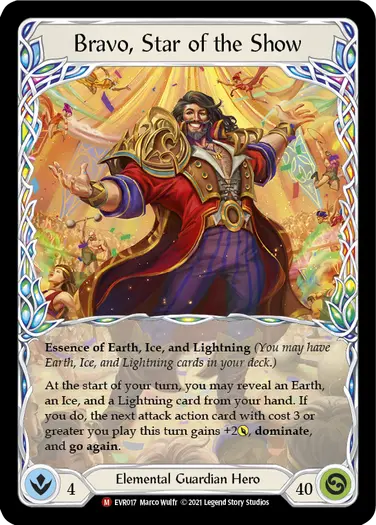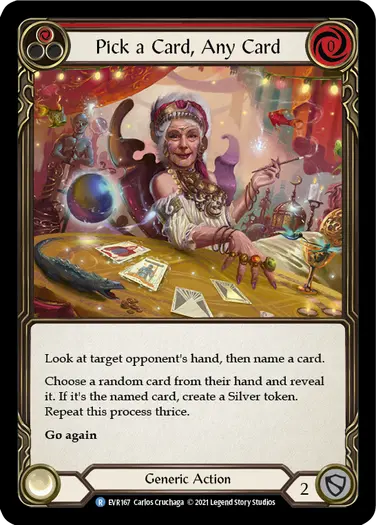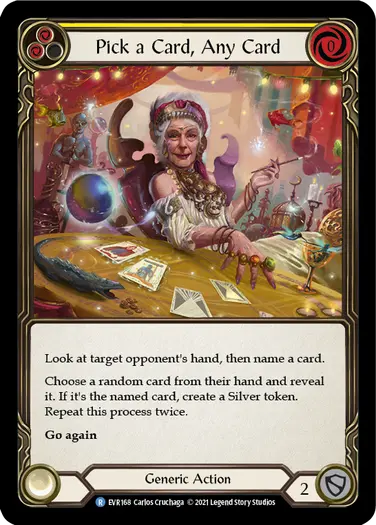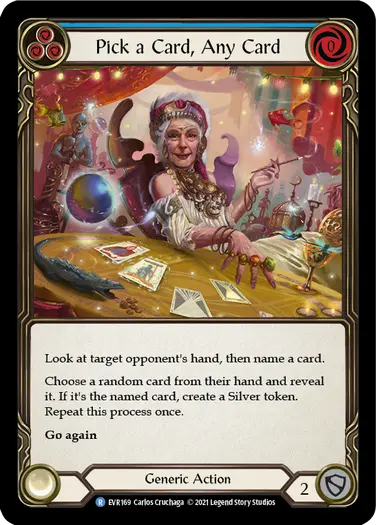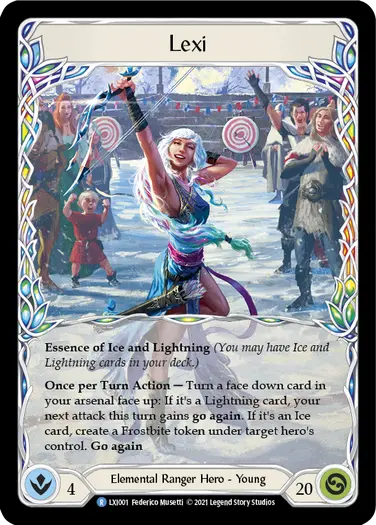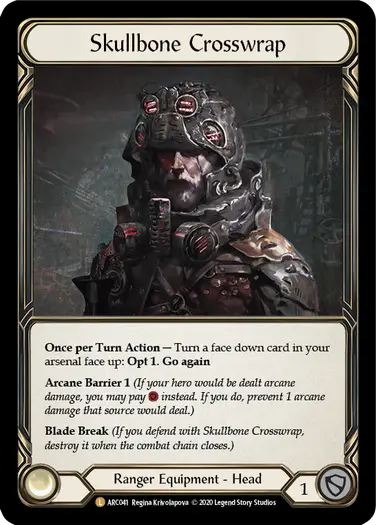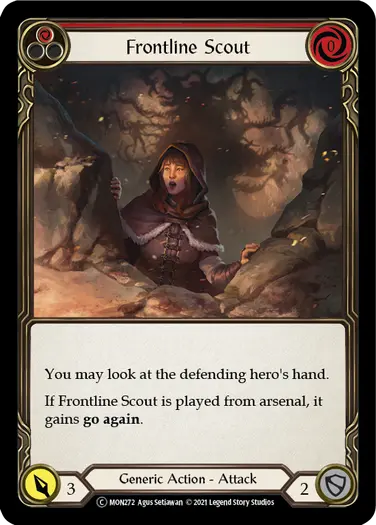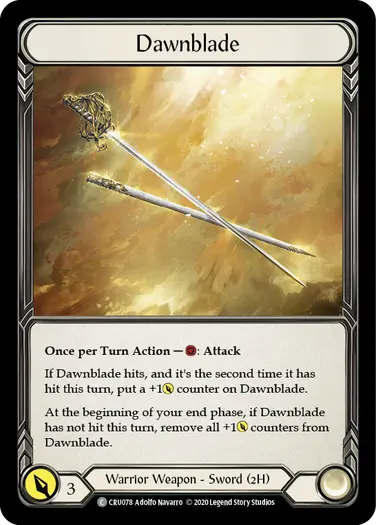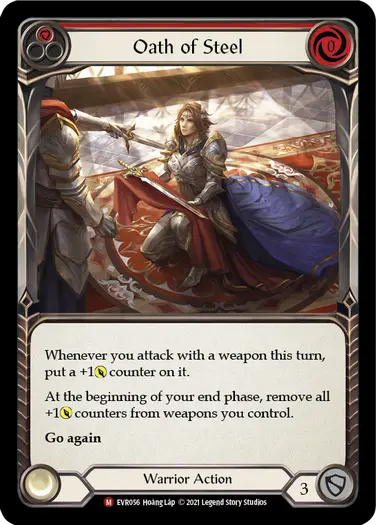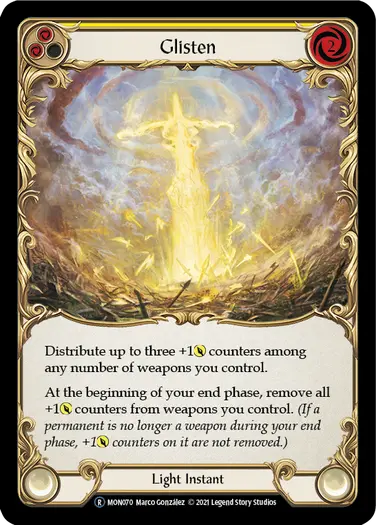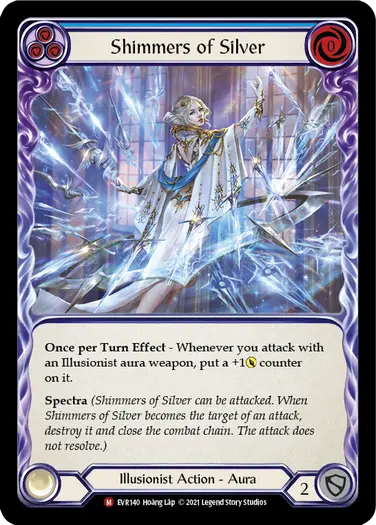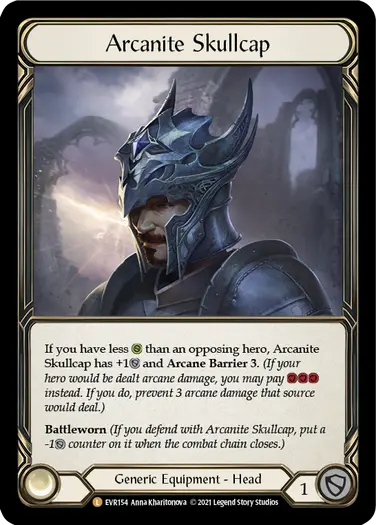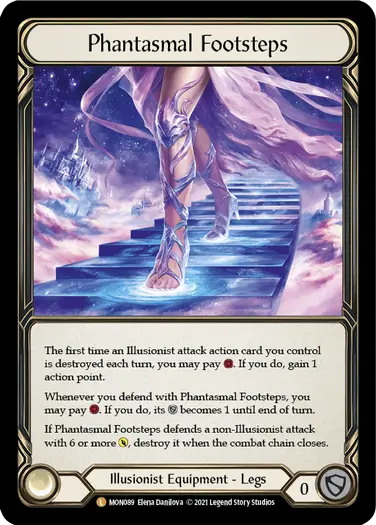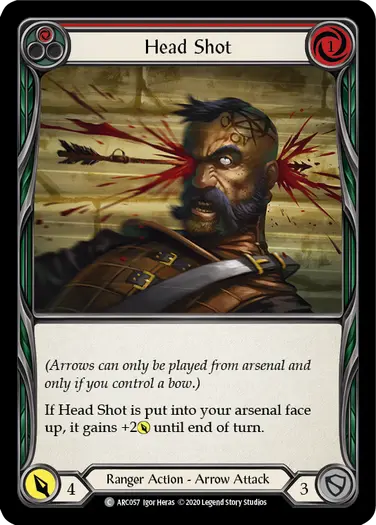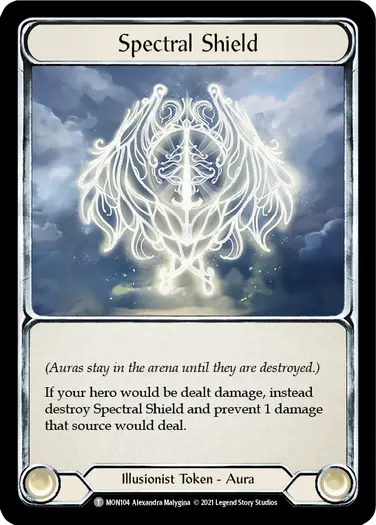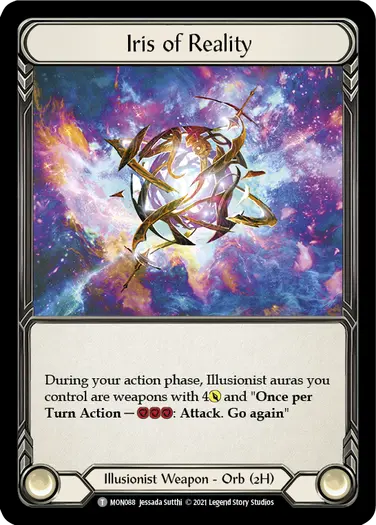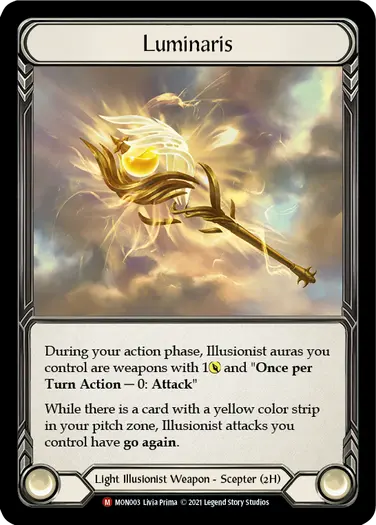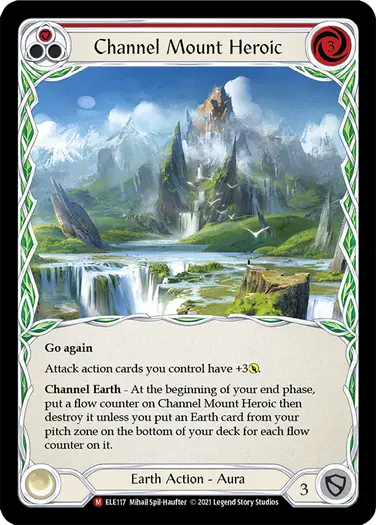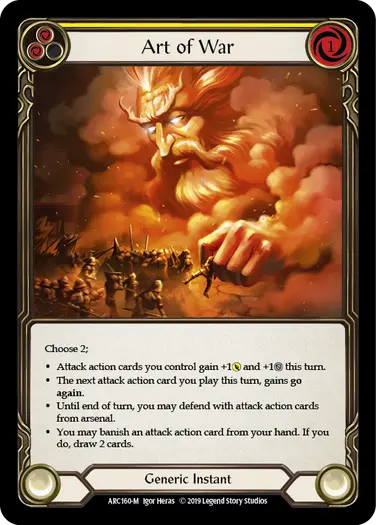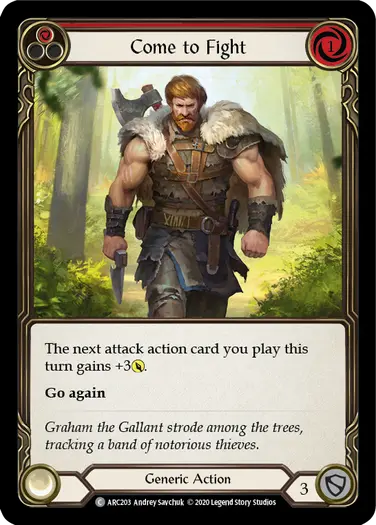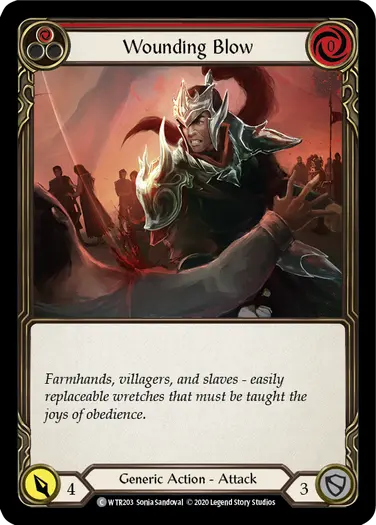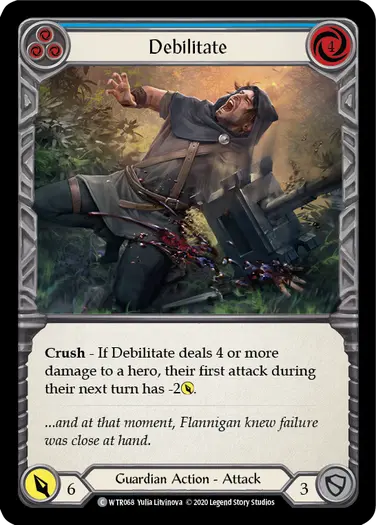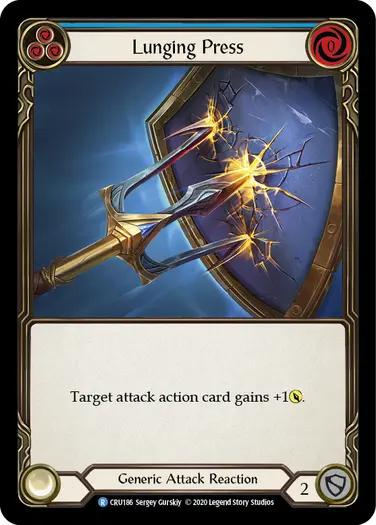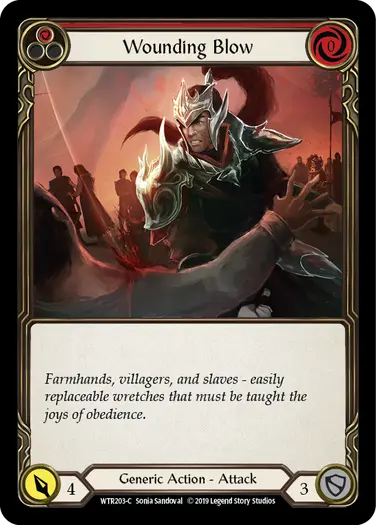Foreword
From 14 March 2022 the Comprehensive Rules v2.0 will take effect. In preparation for this we have released a preview of the updated rules ahead of time so that players and judges have time to familiarize themselves with the new document ahead of the rules coming into force. We would like to remind everyone that the current season of ProQuest is being played under the Comprehensive Rules v1.5, and the new rules will not come into effect until the ProQuest season has concluded.
Korshem, Crossroads of Elements is a card with one of the most interesting effects in the game. It is interesting specifically because it helps to expose more detailed, technical, and atomic interactions within the game of Flesh and Blood. The answers provided in this article are reflective of the changes in the Comprehensive Rulebook 2.0, and the direction of interpretation for similarly worded effects in the future. Let’s dig into the riddle, wrapped in a mystery, inside an enigma, that is Korshem, Crossroads of Elements.
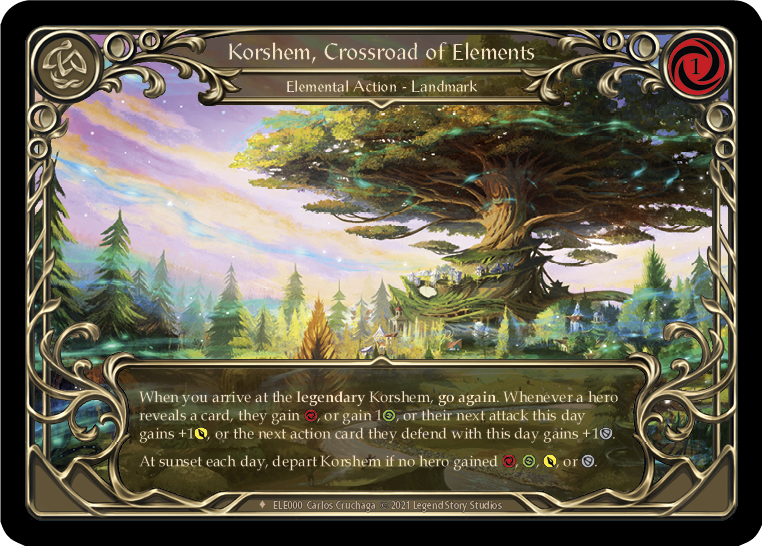
What does the text of Korshem mean?
The printed text on Korshem, Crossroads of Elements, is as follows:
When you arrive at the legendary Korshem, go again. Whenever a hero reveals a card, they gain {r}, or gain 1{h}, or their next attack this day gains +1{p}, or the next action card they defend with this day gains +1{d}.
At sunset each day, depart Korshem if no hero gained {r},{h}, {p}, or{d}.
The official card text of Korshem, Crossroads of Elements, is as stated in the release notes for Tales of Aria:
Legendary (You may only have 1 Korshem, Crossroads of Elements in your deck.)
Go again
Whenever a hero reveals 1 or more cards, they choose 1; Gain {r}, or gain 1{h}, or their next attack this turn gains +1{p}, or the next action card they defend with this turn gains +1{d}.
At the beginning of the end phase, if no hero has gained {r} or {h} from a card effect and no card or token controlled by a hero has had {p} or {d} increased this turn, destroy Korshem, Crossroads of Elements.
The two most important aspects of Korshem to consider are, the condition of the first effect ability, and the “if” condition of the second triggered effect. The former condition is met when an event occurs where one or more cards are revealed. The latter condition is met when a player gains {h} or {r} from a card effect; or a card under the control of a player has an increase of {p} or {d} from one state to the next, including when the card comes under the control of a player and has an increase of {p} or {d}.
In the following examples of each question, we assume that Korshem, Crossroads of Elements is in the arena, and is referred to by its moniker “Korshem”.
Does Korshem trigger multiple times if I fuse Flashfreeze with two separate cards?
No. Korshem triggers “whenever a hero reveals 1 or more cards”, meaning that if an effect involves revealing one or more cards, then Korshem will only trigger once for that event, and not once per card revealed. Typically when only a single instance of the word “reveal” is used, a compound event is generated and Korshem will only trigger once, even if there are multiple cards specified by the effect to reveal (such as when you dual fuse with Flashfreeze)
Tyler controls Blessing of Deliverance (red). At the beginning of Tyler’s action phase, Blessing of Deliverance triggers, and Tyler reveals the top three (3) cards of their deck. Korshem only triggers a single time because three cards have been revealed in a single reveal event.
Does Korshem trigger multiple times with Pick a Card, Any Card?
Yes, and the player who played Pick a Card, Any Card, gains the benefit of the trigger. Pick a Card, Any Card, has a single instance of the word “reveal” and instructs the controlling player to do the revealing, gaining the benefit of the Korshem trigger. However, this process is repeated more than once, resulting in multiple independent reveal events and thus multiple triggers from Korhsem.
Tyler plays and resolves Pick a Card, Any Card (Blue). After Tyler looks at the opponent’s hand, they choose a random card and reveal it, triggering Korshem for the first time. Then they choose a random card again and reveal it, triggering Korshem for the second time. After the card finishes resolving, the two triggered-layers from Korshem are added to the stack to be resolved.
Does Korshem trigger when I flip a card face-up in arsenal?
No. Korshem only triggers when a card is revealed with the “reveal” effect keyword. Simply showing a card, flipping a card over, banishing a card, looking at a card, or any other effect that does not use the “reveal” effect keyword, does NOT trigger Korhsem’s ability.
Tyler is playing as Lexi and has a card face-down in arsenal. Tyler activates and resolves Lexi’s ability and flips their card in arsenal face-up. Korshem’s ability does not trigger because a card was not revealed in an event using the “reveal” effect keyword .
If I put a +1{p} counter on Dawnblade, does that prevent Korshem from being destroyed?
Yes, if it was put on Dawnblade this turn. Because Dawnblade has gone from a lower power value in one game state to a higher power value in a subsequent game state, it has officially increased in power and therefore prevents Korshem from being destroyed at the end of the turn. The same applies to other effects that apply counters such as Glisten and Shimmers of Silver. However, if the counter was put on Dawnblade in a previous turn, it does not prevent Korshem from being destroyed in the current turn as its power has not increased this turn.
Tyler is playing as Dorinthea. Tyler attacks Perry with Dawnblade, it hits, and Tyler uses Refraction Bolters to give Dawnblade go again. Tyler attacks Perry with Dawnblade again, it hits and Dawnblade’s effect triggers putting a +1{p} counter on it and increasing its power from 3{p} to 4{p}. This increase in power of a Dawnblade, controlled by Tyler, prevents Korshem from being destroyed at the end of the turn.
If I control an Arcanite Skullcap, and drop below my opponent's life, does that prevent Korshem from being destroyed?
Yes. Because Arcanite Skullcap has gone from a lower defense value in one game state to a higher defense value in a subsequent game state, it has officially increased in defense and therefore prevents Korshem from being destroyed at the end of the turn. The same applies to other increases in defense such as Rampart of Ram's Head, Ironhide equipment, and Phantasmal Footsteps.
Perry controls an Arcanite Skullcap and is on a higher life total than Tyler. Tyler attacks Perry and deals damage, bringing Perry’s life total lower than Tyler’s and causes the defense of Arcanite Skullcap to increase from 1{d} to 2{d}. This increase in defense of the Arcanite Skullcap controlled by Perry prevents Korshem from being destroyed at the end of the turn.
If I have a Mutated Mass and I pitch cards, does that prevent Korshem from being destroyed?
Yes, but only if you control the Mutated Mass when its power/defense is increased. Specifically, it depends on if Mutated Mass is currently controlled by a hero. If Mutated Mass is not in the arena or on the stack (e.g. it is in the hand, graveyard, or banished zone), then pitching cards will change and perhaps increase the power value, but because it is not controlled by any hero it does not meet the criteria to prevent Korshem from being destroyed. However, if Mutated Mass is being played, is currently attacking, is being defended with, or is otherwise in the arena, then pitching cards may increase the power value from one gamestate to the next, which will prevent Korshem from being destroyed.
Tyler has no cards in their pitch zone. Tyler announces they are playing Mutated Mass, putting it onto the stack – at this stage Mutated Mass has 0 power and is controlled by Tyler. To pay the cost, they pitch a 0 cost card, increasing the Mutated Masses power from 0 to 2. This increase in power of Muted Mass controlled by a Tyler prevents Korshem from being destroyed at the end of the turn.
If I control an aura and Iris of Reality, does that prevent Korshem from being destroyed?
No. In this case the aura’s go from not having the power property, to gaining the power property. This is distinctly separate from already having the power property and its value increasing, for the purposes of Korshem. Before it didn’t exist, and now it does, is not considered an increase of that property.
Tyler controls Iris of Reality and a Spectral Shield token. When the game goes from Tyler’s Start Phase to their Action Phase, the Spectral Shield token gains the power property from Iris of Reality. At the end of the turn, Korshem is destroyed because no card controlled by either player has increased in power.
If I control Channel Mount Heroic, and I play an attack action card, does that prevent Korshem from being destroyed?
Yes. When the card is played, it both comes under your control and increases in power, which satisfies Korshem’s condition. This applies to static-continuous effects such as that from Channel Mount Heroic, and layer-continuous effects such as that from Art of War, or Come to Fight.
Tyler controls Channel Mount Heroic. Tyler attacks Perry with Wounding Blow (red), which increases in power from 4{p} to 7{p}, as it is played and comes under the control of Tyler, from Channel Mount Heroic’s effect. This increase in power of a Wounding Blow, controlled by Tyler, prevents Korshem from being destroyed at the end of the turn.
If I control an Embodiment of Earth token, when I defend with a non-attack action card, does that prevent Korshem from being destroyed?
Yes. As with playing cards, when you defend with a card, it both comes under your control and increases in defense, which satisfies Korshem's condition.
Perry controls an Embodiment of Earth token. Tyler attacks Perry and Perry defends with an Invigorate which increases in defense from 2{d} to 3{d}, as it is added to the chain link and comes under the control of Perry, from Embodiment of Earth’s effect. This increase in defense of Invigorate controlled by a Perry prevents Korshem from being destroyed at the end of the turn.
If power gets increased first and then decreased later on, does that prevent Korshem from being destroyed?
Yes. If the card controlled by a player goes from a lower power to a higher power, it’s power is considered to have increased from one state to another, even if it is decreased later in the turn.
Tyler plays and resolves Come to Fight (blue). Tyler attacks Perry with Wounding Blow (red), which increases in power from 4{p} to 5{p}, as it is played and comes under the control of Tyler, from Come to Fight’s effect. During the reaction step, Perry plays and resolves Rockslide Trap and Tyler chooses not to pay the cost, which reduces Wounding Blow’s power from 5{p} to 3{p}. At the end of the turn, Korshem is not destroyed because Wounding Blow’s power increased from 4{p} to 5{p} when it came under the control of Tyler.
If power gets decreased first, and then increased later on, does that prevent Korshem from being destroyed?
Yes. If the card controlled by a player goes from a lower power to a higher power, it’s power is considered to have increased from one state to another, even if its power is still lower than its base power.
Tyler was crushed by Debilitate last turn. Tyler attacks Perry with Wounding Blow (red), which has 2{p} due to Debilitiate’s crush effect. During the reaction step, Tyler plays and resolves Wounding Blow, increasing its power to 3{p}. At the end of the turn, Korshem is not destroyed because Wounding Blow was under the control of Tyler when its power was increased from 2{p} to 3{p}.
If there’s an increase and a decrease at the same time, does that prevent Korshem from being destroyed?
Yes, but only if the increase is larger than the decrease. When two or more effects apply to an object (a card or token) at the same time, they are considered to apply simultaneously, even if they are applied in an order determined by the staging-system. Increases are typically applied before decreases, but the final outcome is what is considered by the condition of Korshem. If the increase is larger than the decrease, then the object has a net increase and thus Korshem’s condition is met, otherwise it is not considered to have increased.
Tyler was crushed by Debilitate last turn. Tyler plays and resolves Come to Fight (yellow) and then attacks Perry with Wounding Blow (red). As Wounding Blow is played, Debilitiate’s crush effect and Come to Fights effects are applied simultaneously resulting in net zero power. At the end of the turn, Korshem is destroyed because Wounding Blow’s power was not strictly increased while under the control of Tyler.
